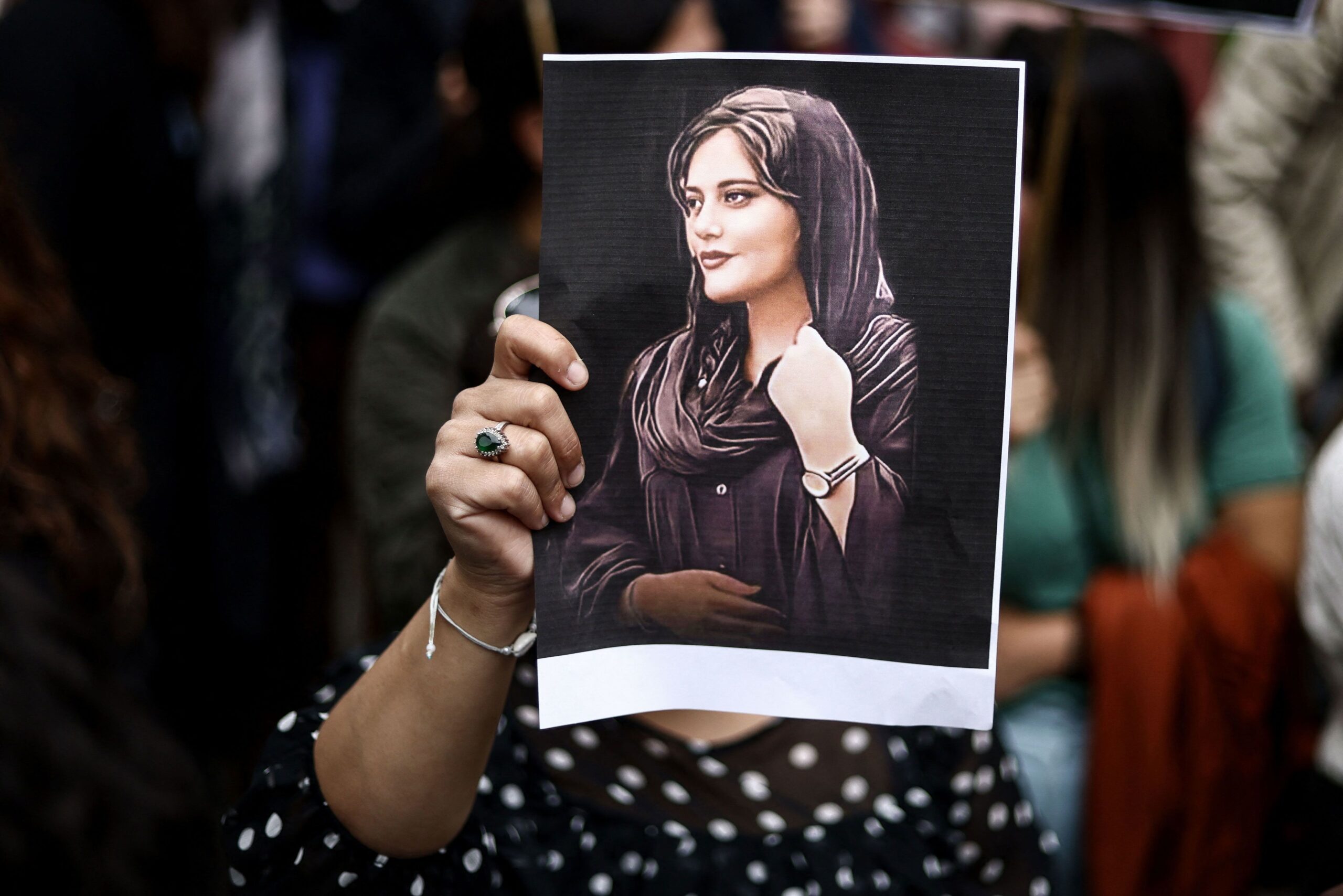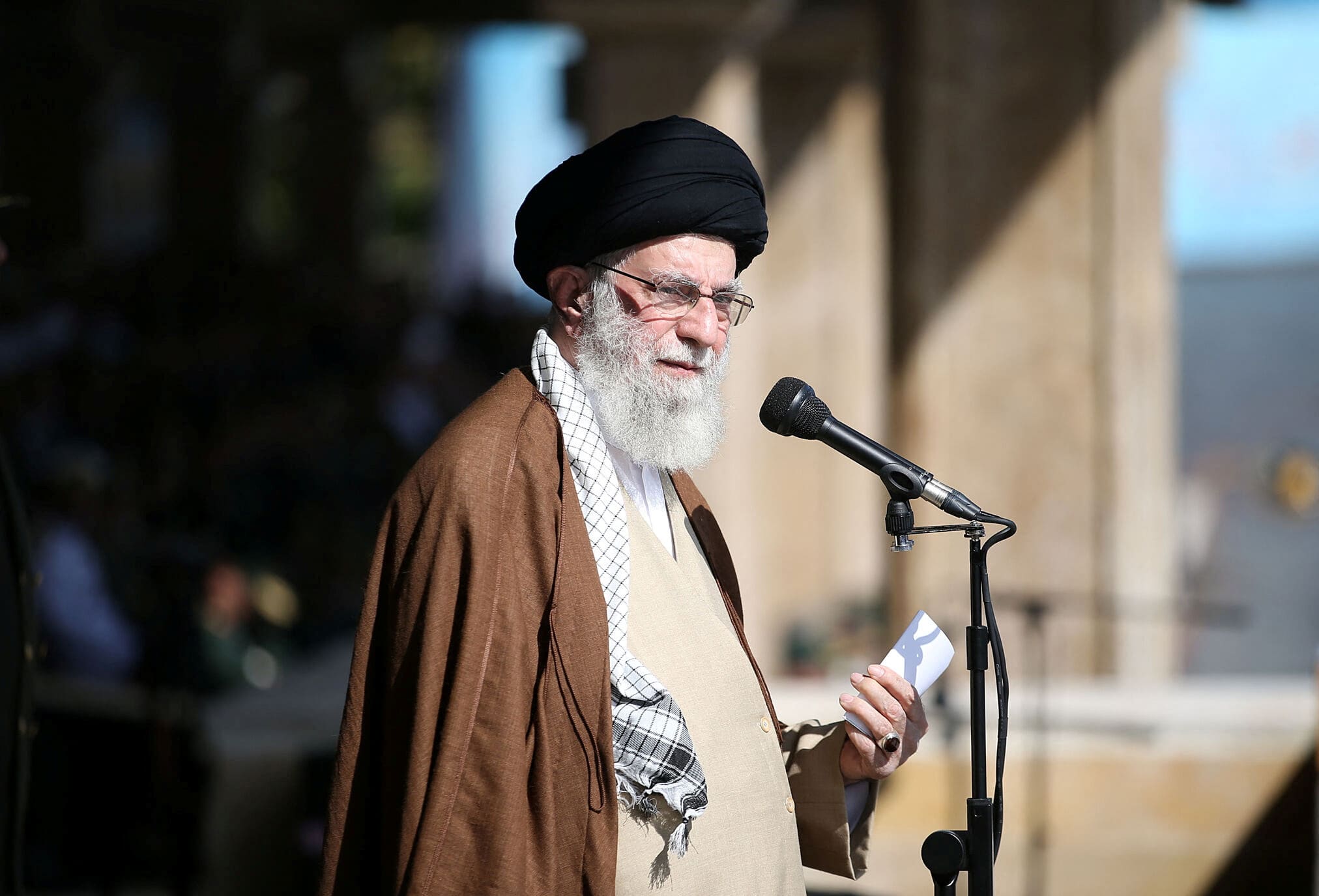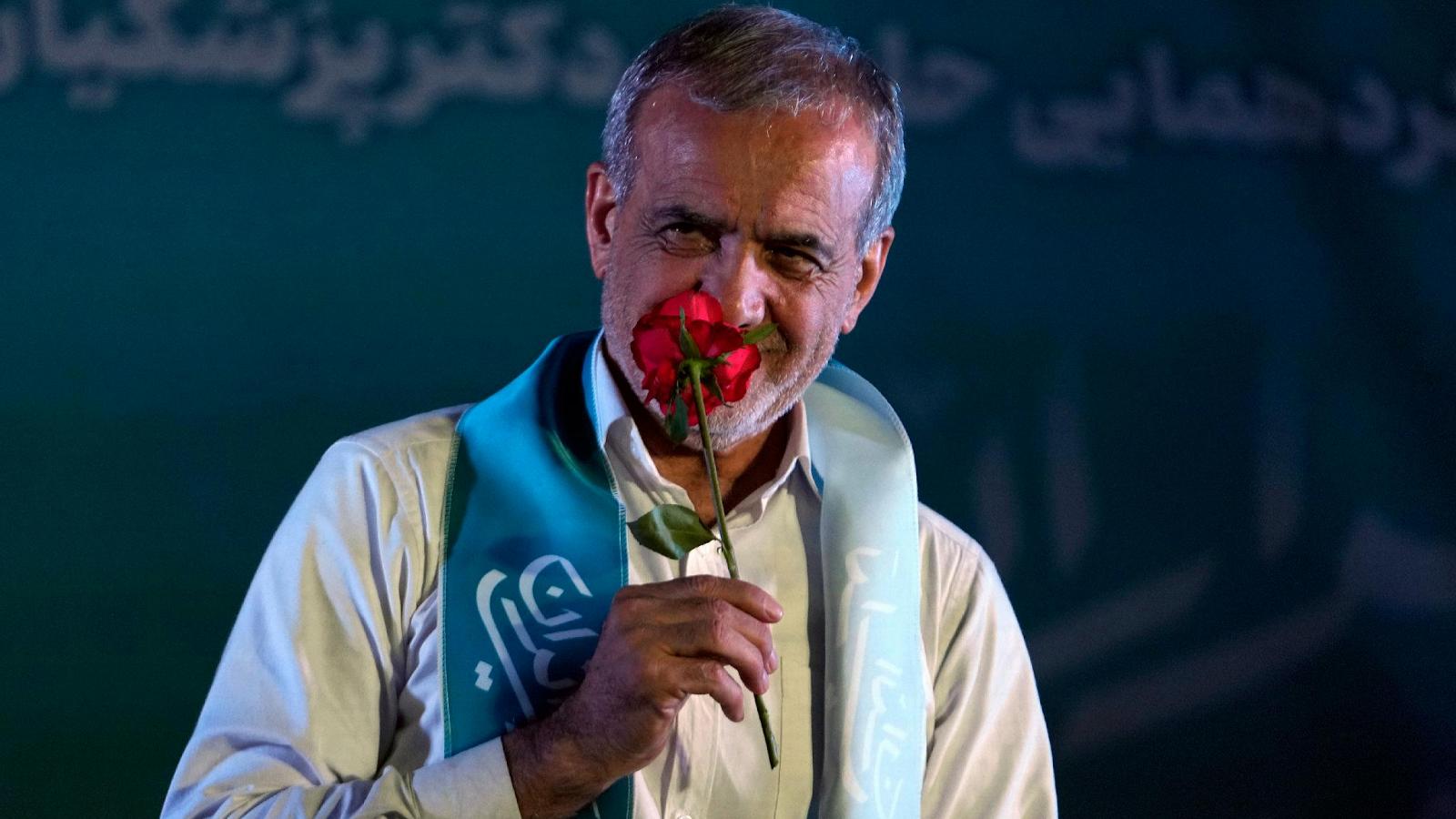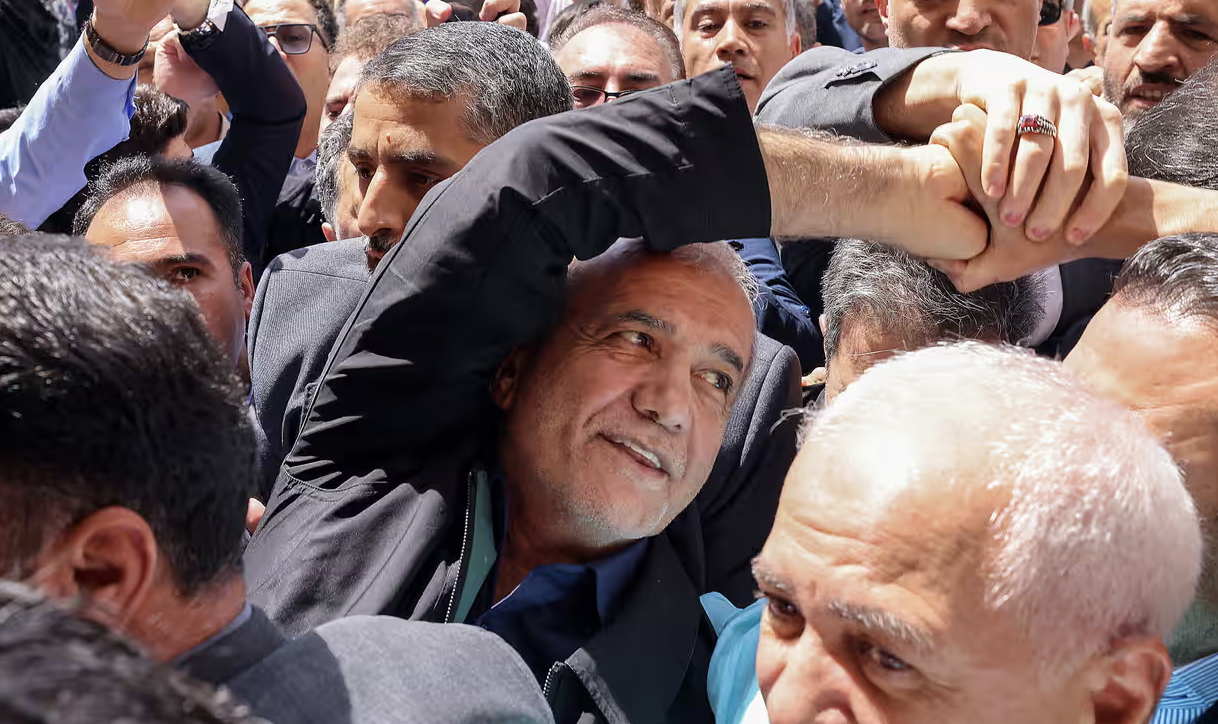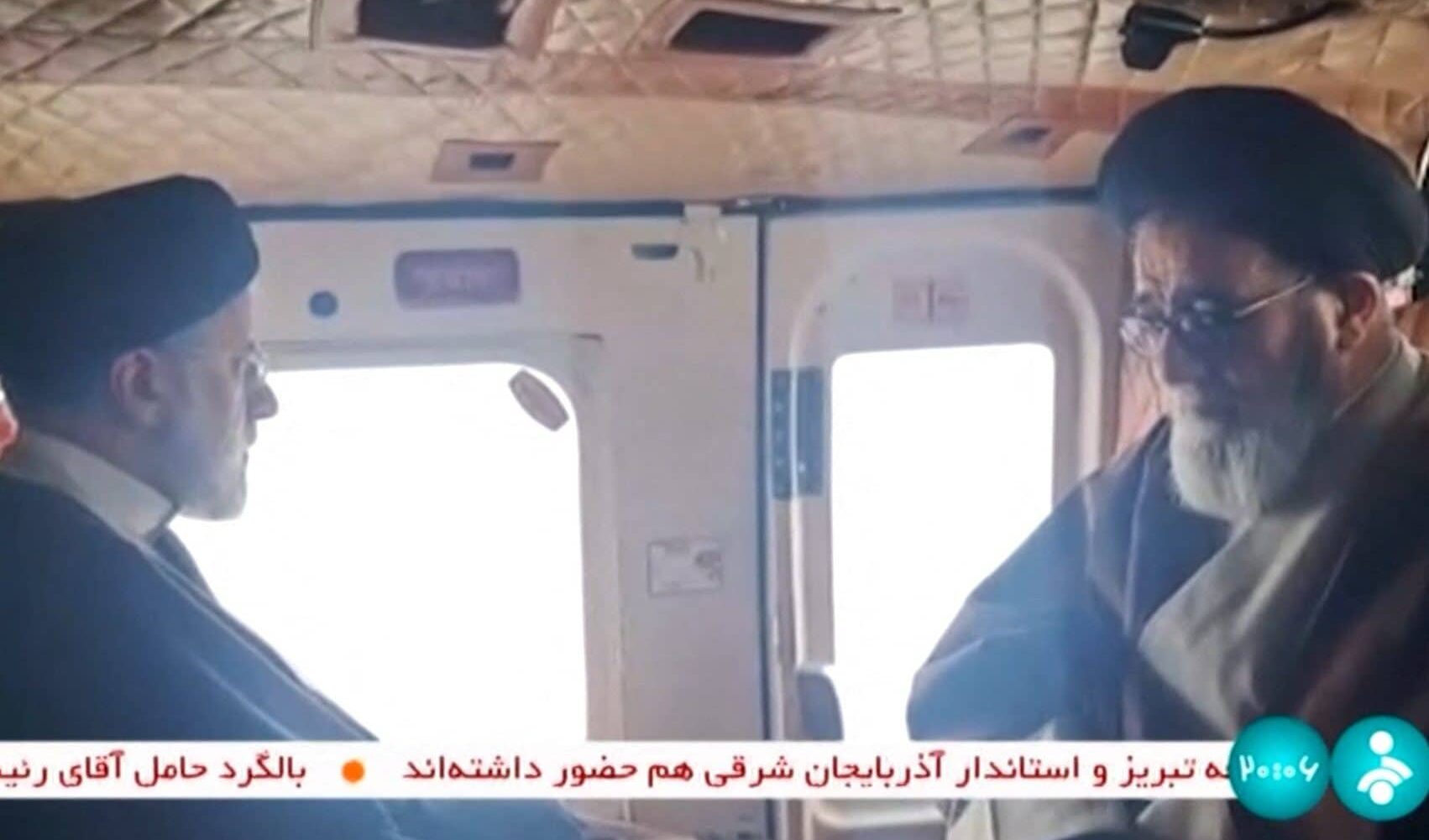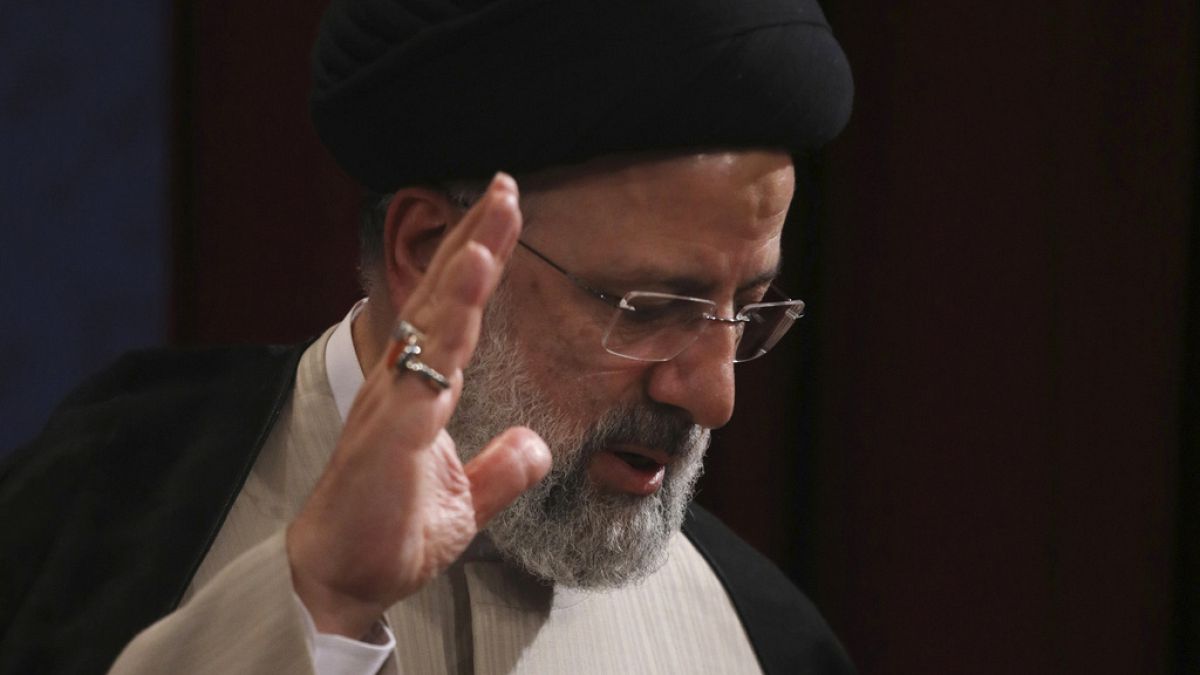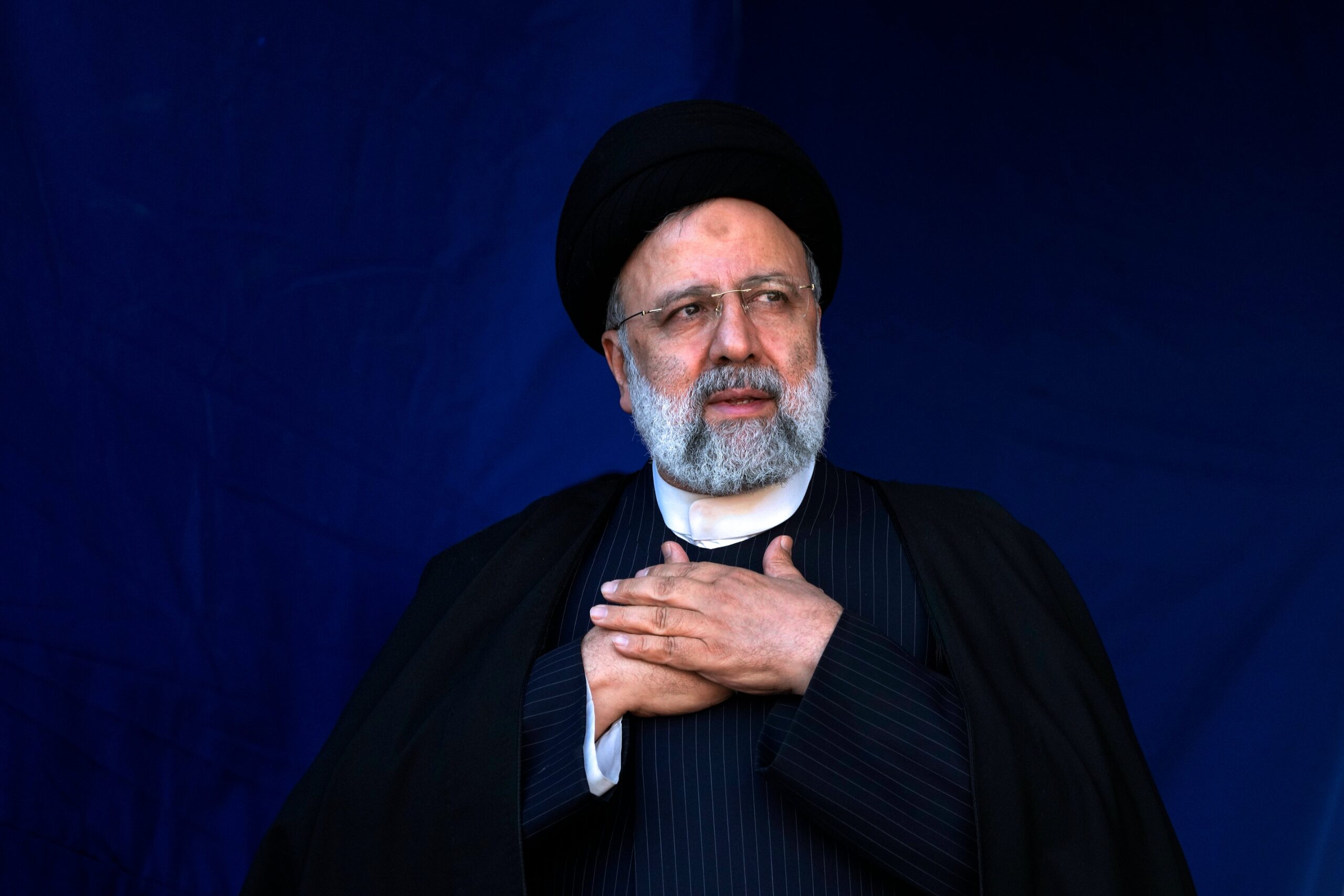di Danial Jarrahi
Questo report mira a far luce sulle gravi violazioni dei diritti umani e a servire da apripista al mondo, rivelando il duro trattamento che persone innocenti hanno subito mentre perseguivano i loro diritti fondamentali in Iran.
Il 16 settembre 2022, a Teheran, un tragico evento ha scosso la coscienza del mondo. Mahsa Amini, una giovane donna curda, è morta prematuramente in ospedale. Il suo arresto, da parte della polizia morale, ha innescato una catena di eventi che hanno riverberato ben oltre i confini dell’Iran. Il motivo del suo arresto? Ha osato sfidare il codice di abbigliamento del regime iraniano non indossando l’hijab obbligatorio. Il calvario di Mahsa Amini è diventato simbolo commovente di resistenza, galvanizzando i manifestanti che si sono uniti sotto il potente slogan “Donne, vita, libertà’’, rivendicando i loro diritti umani fondamentali e opponendosi con forza alle azioni repressive del governo.
La risposta del governo iraniano a questa ondata di malcontento è stata spietata e implacabile. La repressione severa, le restrizioni draconiane poste su Internet e la violenza completa sono state attuate per reprimere le voci di dissenso. Tuttavia, la determinazione dei manifestanti non ha vacillato. La loro causa ha invece raccolto l’attenzione internazionale, risuonando in tutto il mondo attraverso le persone che hanno espresso una solidarietà incrollabile. Il mondo ha assistito allo svolgersi della situazione, ma la tensione rimane palpabile, con proteste in corso, e con il governo che nega fermamente la sua responsabilità per le tragiche morti che si sono verificate durante i disordini.
Nell’arco del doloroso svolgimento degli eventi, il governo ha cercato di screditare il caso di Mahsa Amini, ricorrendo ad affermazioni infondate sulla sua salute. Come osserva il mondo, la ricerca di giustizia da parte del popolo iraniano e le sue inflessibili richieste per i diritti che meritano continuano ad essere un faro di speranza e un chiaro ricordo della lotta in corso per i diritti umani in Iran.
Successivamente alla tragica morte di Mahsa Amini, nel corso di quest’ultimo anno, una moltitudine di individui di varie età, bambini, donne e uomini, giovani e anziani, sono stati vittime di brutali repressioni da parte delle forze del regime iraniano durante le proteste. La popolazione curda in Iran è stata sottoposta ad un trattamento repressivo da parte del governo, guidato da una complessa interazione di dinamiche storiche, culturali e politiche. I curdi in Iran mantengono un’identità culturale distinta, caratterizzata da un fermo impegno per i diritti delle donne e da una lunga storia di resistenza contro le autorità. Il grido di mobilitazione di “Donne, Vita, Libertà”, che risuona attraverso le proteste, trova le sue origini proprio nelle proteste curde dei decenni passati. In particolare, una parte significativa dei curdi presenti in Iran aderisce all’Islam sunnita, in contrasto con la maggioranza sciita prevalente nel paese.
Nell’ultimo anno, il regime iraniano non ha mostrato alcun segno di cambiamento nel trattamento riservato ai suoi cittadini. Al contrario, ha intensificato le sue misure oppressive, in particolare nell’applicazione delle rigide leggi sull’Hijab. Il regime ha schierato guardie femminili conosciute come “Hijab Ban” le quali non solo emettono avvertimenti verbali, ma ricorrono anche alla forza fisica per garantire il rispetto delle normative Hijab in pubblico.
In un recente incidente riportato da agenzie di stampa del regime iraniano, una ragazza iraniana di 17 anni, Armita Geravand, è entrata in coma dopo essere stata aggredita nella metropolitana di Teheran il 1º ottobre 2023.
Mentre le autorità iraniane hanno affermato che è caduta accidentalmente e ha colpito la testa nella metropolitana, molti nella società iraniana credono che il suo coma sia stato il risultato dell’intervento dell’Hijab Ban.
È stato infatti riportato che, dopo essere stata sollecitata ad indossare lo Hijab, ha opposto resistenza e per questo, dopo essere stata violentemente spinta, ha riportato una grave ferita alla testa che le ha causato il coma e il ricovero in ospedale.
La risposta del regime iraniano a questo incidente si è conclusa con l’arresto di un giornalista che ha tentato di riferire sulla questione. Nonostante fosse detenuta nell’unità di terapia intensiva di un ospedale militare, la morte di Armita Geravand è stata dichiarata il 22 ottobre 2023, ufficialmente confermata il 28 ottobre. Durante il suo funerale, il regime ha arrestato figure di spicco della protesta in corso, come Nasrin Sotoudeh, avvocato per i diritti umani.
È importante ricordare che Mahsa Amini è stata la prima vittima della brutalità del regime iraniano, ma gli eventi dell’anno scorso dimostrano chiaramente che Armita Garavand non sarà purtroppo l’ultima. La continua oppressione e il disprezzo del regime per i diritti e le vite dei suoi cittadini richiedono attenzione e condanna a livello globale.
English version
Rising Repression in Iran: From Mahsa Amini to Armita Garavand – Regime’s Repression Escalates Over a Year”
For over a year now, the Iranian regime has clashed with its own citizens, who have been fervently advocating for their fundamental rights – from the freedom to choose their clothing (Hijab), to the freedom of speech, the right to privacy, freedom of thought, religion, and opinion. These citizens have been relentlessly protesting, seeking these basic rights, only to face severe repression at the hands of the regime.
By Danial Jarrahi
This report aims to shed light on the extensive violations of human rights events and serve as an eye-opener to the world, revealing the harsh treatment innocent people have endured while merely pursuing their fundamental rights in Iran.
On September 16, 2022, a tragic event unfolded in Tehran that shook the world’s conscience. Mahsa Amini, a young Kurdish woman, met her untimely demise in a hospital. Her arrest by the religious morality police had triggered a chain of events that reverberated far beyond Iran’s borders. The reason for her arrest? She dared to defy the Iranian regime’s dress code law by not wearing the mandatory hijab. Mahsa Amini’s ordeal became a poignant symbol of resistance, galvanizing protesters who united under the powerful slogan “Women, Life, Freedom.” They converged to demand their basic human rights and to vehemently oppose the government’s repressive actions.
The Iranian government’s response to this groundswell of discontent has been ruthless and unrelenting. Severe repression, draconian internet restrictions, and outright violence were deployed to quell the voices of dissent. However, the protesters’ determination did not waver. Instead, their cause garnered international attention, resonating with people across the globe who expressed unwavering solidarity. The world watched as the situation unfolded, but the tension remains palpable, with ongoing protests, and the government adamantly denying its responsibility for the tragic deaths that have occurred during the unrest.
In a distressing turn of events, the government sought to discredit Mahsa Amini’s case, resorting to unfounded claims about her health. As the world observes, the Iranian people’s quest for justice and their unyielding demands for the rights they deserve continue to be a beacon of hope and a stark reminder of the ongoing struggle for human rights in Iran.
Over the course of a year following Mahsa Amini’s tragic death, a multitude of individuals spanning various age groups, from children and women to young and elderly men, fell victim to brutal crackdowns by the Iranian regime forces during protests. The Kurdish population in Iran has been subjected to an intensified level of harsh treatment by the government, driven by a complex interplay of historical, cultural, and political dynamics. Kurds in Iran maintain a distinctive cultural identity, marked by a staunch commitment to women’s rights and a longstanding history of resistance against the authorities. The rallying cry of “Women, Life, Freedom,” which resonates through the protests, finds its origins in the Kurdish protests of decades past. Notably, a significant portion of Kurds in Iran adhere to Sunni Islam, in contrast to the Shia majority prevalent in the country.
Over the past year, the Iranian regime has shown no signs of changing its treatment of its citizens. In fact, it has intensified its oppressive measures, particularly in enforcing strict Hijab laws. The regime has deployed female guards known as the “Hijab Ban” who not only issue verbal warnings but also resort to physical force to ensure compliance with Hijab regulations in public.
In a recent incident reported by Iranian regime news agencies, a 17-year-old Iranian girl, Armita Geravand, fell into a coma on the Tehran Metro on October 1, 2023. While Iranian authorities claimed that she accidentally fell and struck her head in the metro, many in Iranian society believe that her coma was a result of the Hijab Ban’s intervention. It’s alleged that after being warned to wear Hijab, she resisted and suffered a head injury when she was pushed, leading to her coma and subsequent hospitalization.
The Iranian regime’s response to this incident included the arrest of a journalist who attempted to report on the matter. Moreover, during Armita Geravand’s funeral, the regime arrested prominent figures, such as Nasrin Sotoudeh, human rights lawyer. Tragically, despite being held in the intensive care unit of an Army hospital, Armita Geravand was declared brain dead on October 22, 2023, and her death was officially confirmed on October 28.
It’s important to remember that Mahsa Amini was the first victim of the Iranian regime’s brutality, but the events of the past year make it clear that Armita Garavand is sadly not the last. The regime’s continued oppression and disregard for the rights and lives of its citizens demand global attention and condemnation.
